Is it necessary to wear a wetsuit when scuba diving in warm water, and which thickness and style is most popular? The scuba-diving wetsuit is something that’s quite personal, but also part of every set of standard rental gear. Some people feel the cold, and can’t dive without a wetsuit, while others never wear one in warm water. So, even though the wetsuit is regarded as a necessary piece of the main diving gear items, do you rent, bring your own, or not bother with a wetsuit?
A standard set of scuba diving equipment consists of three groups. These are the large or heavy items that usually stay on the boat and not normally owned by individual divers, the necessary items that can be rental or personal, and the extra items that are not part of standard sets and are normally for experienced divers. The large & heavy pieces of gear are the tanks/cylinders, and the weights & weighbelts.
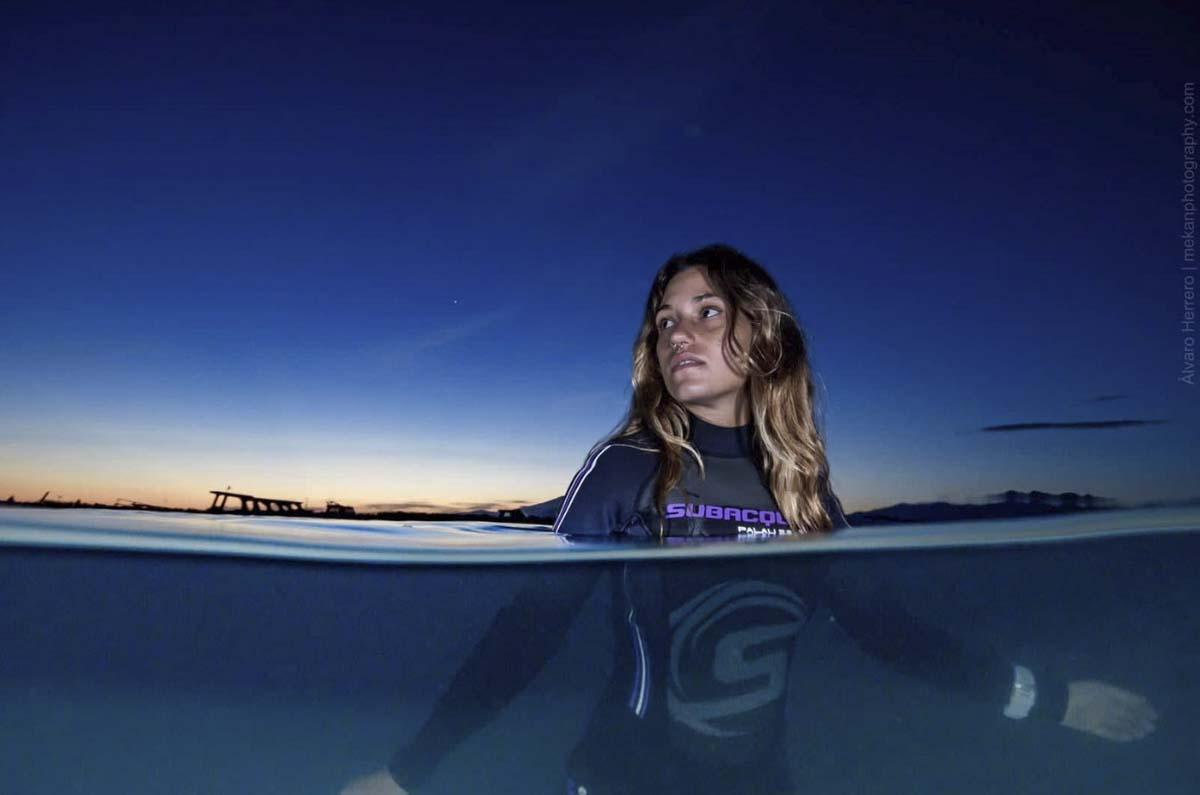
A standard set of rental or personal diving gear is made up of:
- BCD
- Regs
- Wetsuit
- Mask
- Fins
And the extra items are things like a computer, compass, snorkel, knife, gloves, SMB and photography or video equipment.
The scuba diving wetsuit is regarded as a necessary piece of kit, and comes in the standard rental items from your dive centre or liveaboard boat operator. Along with the BCD jacket, regs (hoses), mask & fins, the wetsuit makes up the standard set of gear. But not only are diving wetsuits available in different brands and levels of quality & price, there are several other factors that make the choice almost endless. Even if you only look at one brand and colour, you can still choose from different thicknesses and styles. But for diving in Thailand, where the water is generally 27-29°C, warmth from a wetsuit is not very important. It’s easily possible do dive with no wetsuit at all, and maybe just a rashguard vest. Some people feel the cold more than others, and they wear a full 5mm wetsuit, but the vast majority wear 3mm. It all depends on personal taste, cost & what’s available.
Different Designs of Wetsuit
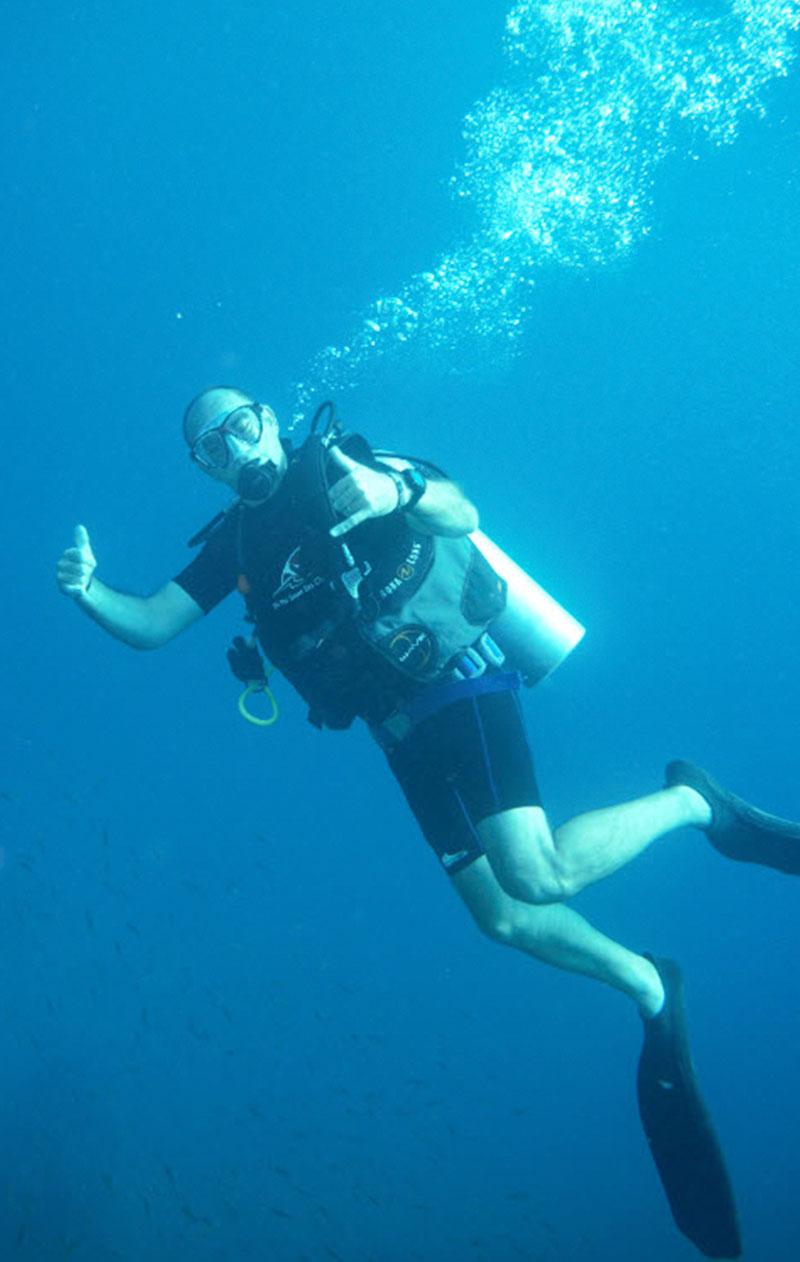
Shorty wetsuits are normally 3mm thick and these are by far the most-common type of wetsuit for recreational scuba divers in Thailand. They are the least expensive, easiest to get on & off, easiest to fit different body shapes, and quickest to dry. There are some disadvantages to shorty wetsuits, explained further down this page, but they are the most popular for good reason.
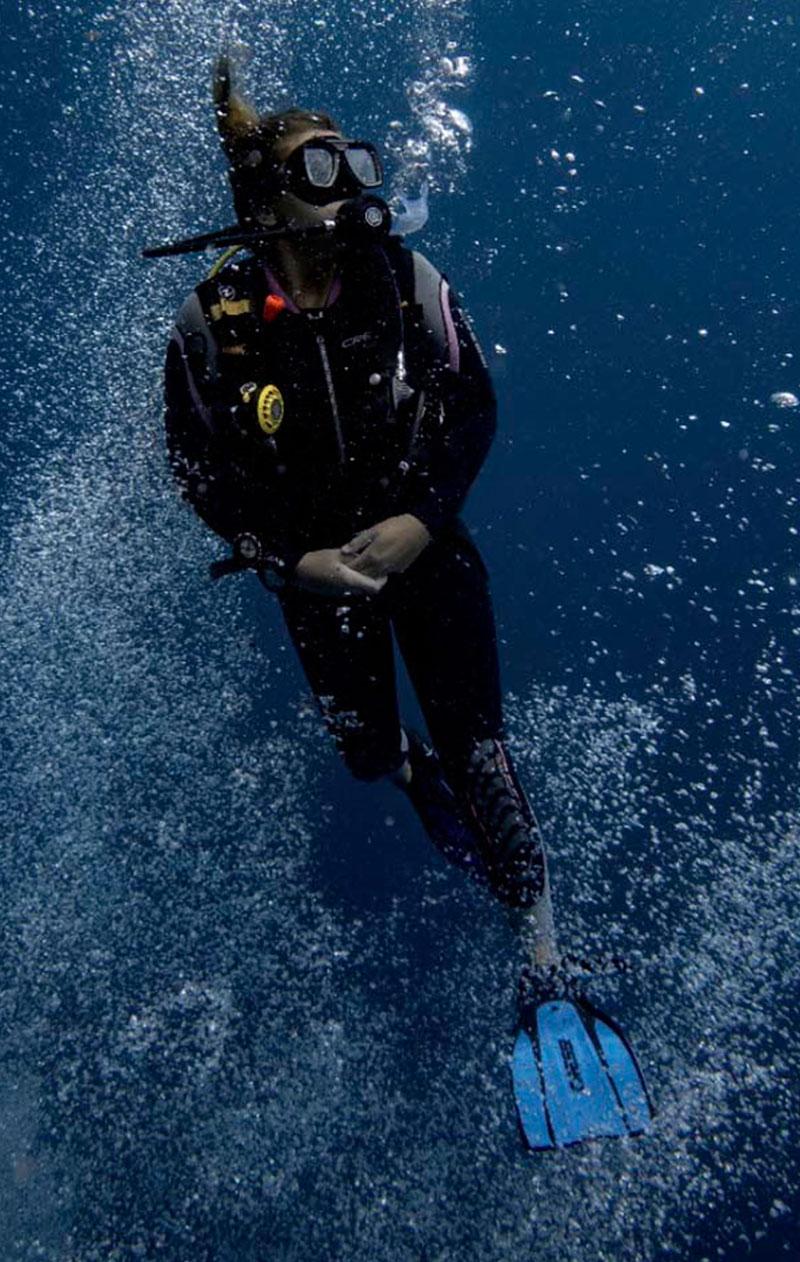
Long wetsuits usually have full coverage of the arms and legs. They are also sometimes called full wetsuits. Due to them covering your limbs, they are better at keeping you warm and for longer. Long wetsuits normally have protective pads on the knees & elbows. This is mainly to protect the ‘bendy’ parts of the wetsuits more than protecting the divers’ skin from abrasions.
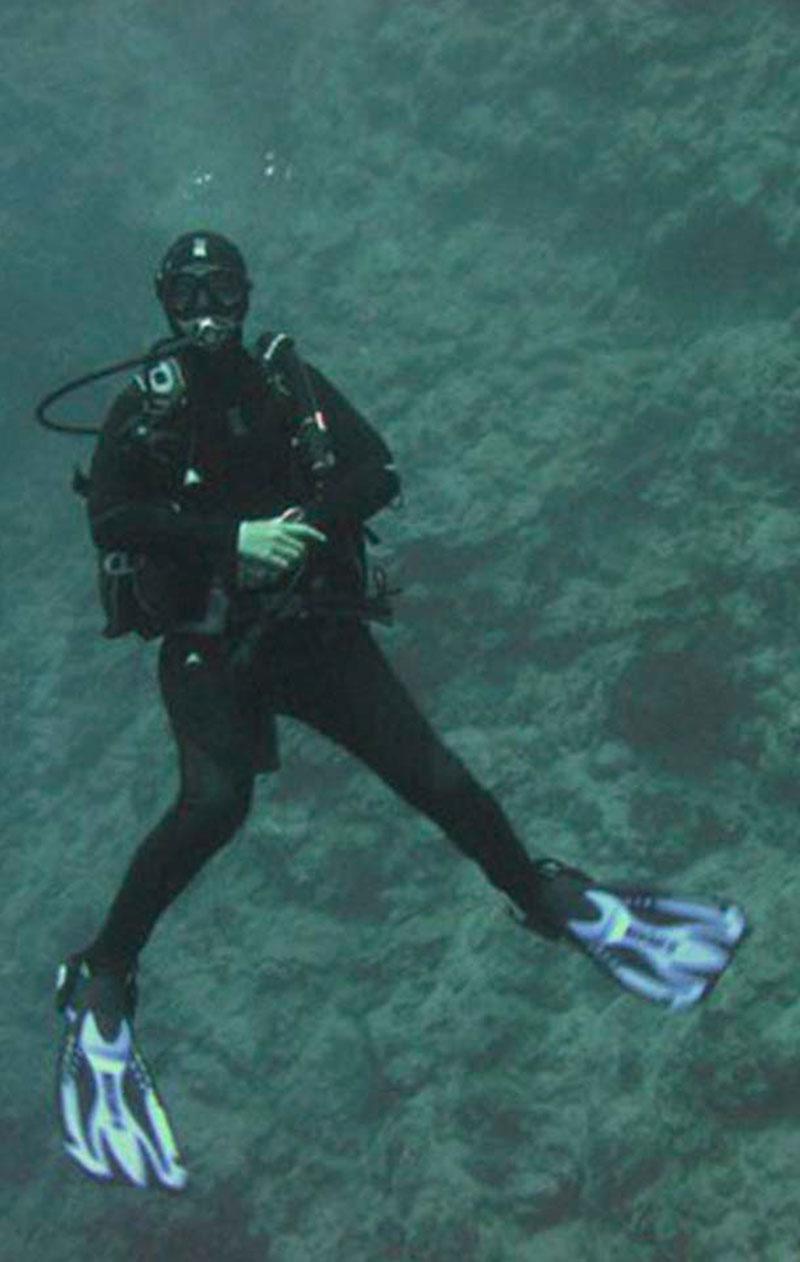
Hooded wetsuits are basically the same as long wetsuits, but they also have a hood that obviously covers the diver’s head to further reduce heat loss. They normally come in 5mm & 7mm thicknesses. Some people are able to wear them without the hood, while letting it drop behind their neck, but in general they’re better worn properly. A hood that isn’t worn on the head can restrict neck movement. Detachable hoods are available, but not common, especially in Thailand and surrounding countries.
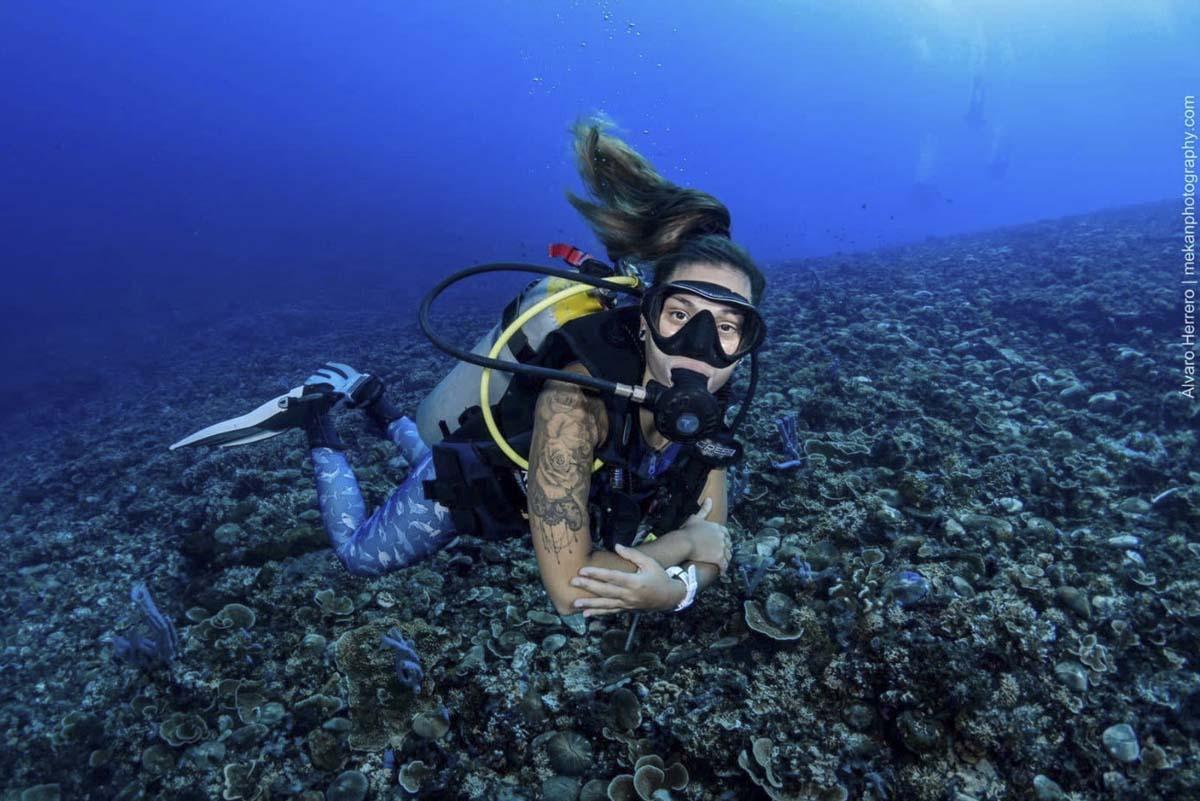
Long-John wetsuits are not very common for scuba diving, especially in Thailand. They are good for surfing because their design keeps the torso and legs warm, but with no sleeves there is no restriction of arm movement. This is ideal for paddling a surfboard in warm water.
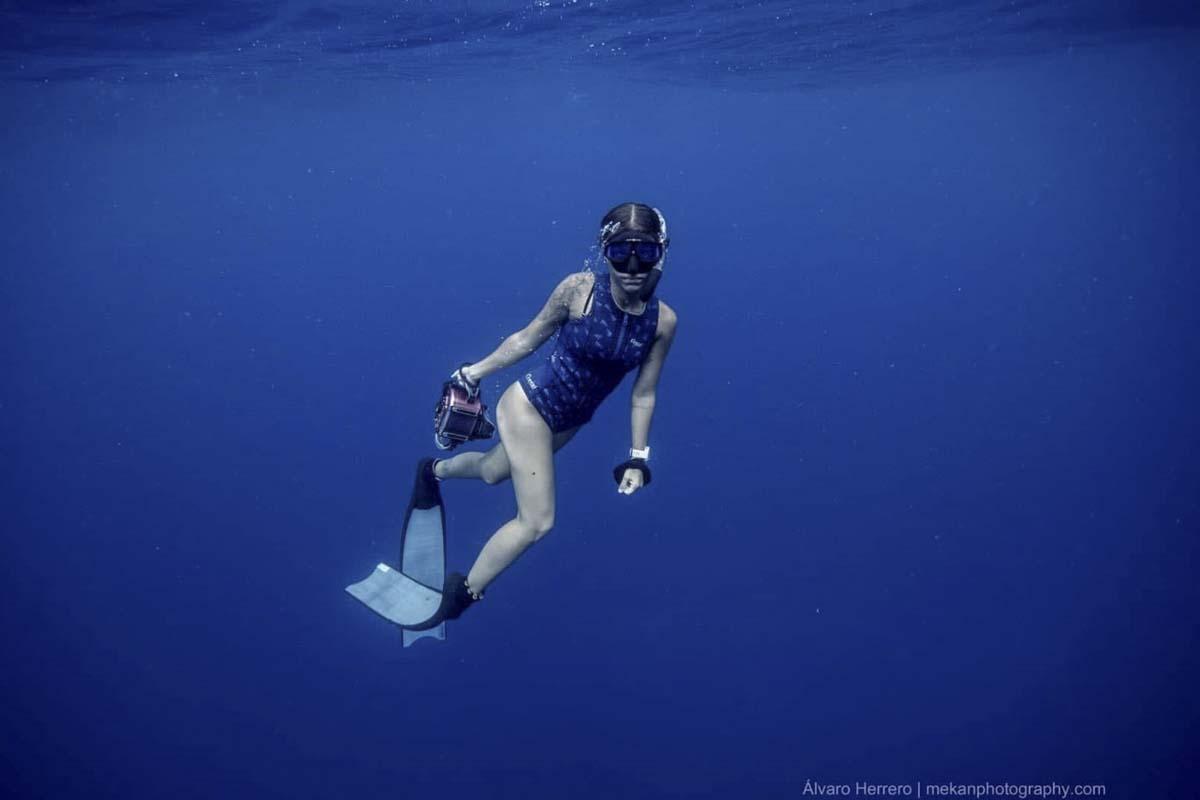
Top only wetsuits aren’t really ‘suits’ because they’re basically just a vest or jacket made of neoprene that keeps the torso (or torso & arms) warm, in warm water.
The Different Thicknesses of Diving Wetsuits
Scuba diving wetsuits are designed to keep the diver warm by trapping water inside that is then heated by the body heat of the diver. The material used is nearly always neoprene, due to its ideal properties in this respect. You can get different levels of thickness, with thicker suits doing a better job of insulating the diver. But this extra performance comes at the cost of more-restricted movement, heavier weight, longer drying times and higher financial investment. When choosing a wetsuit for scuba diving, it’s important to think about in which water temperatures you’re going to dive in most.
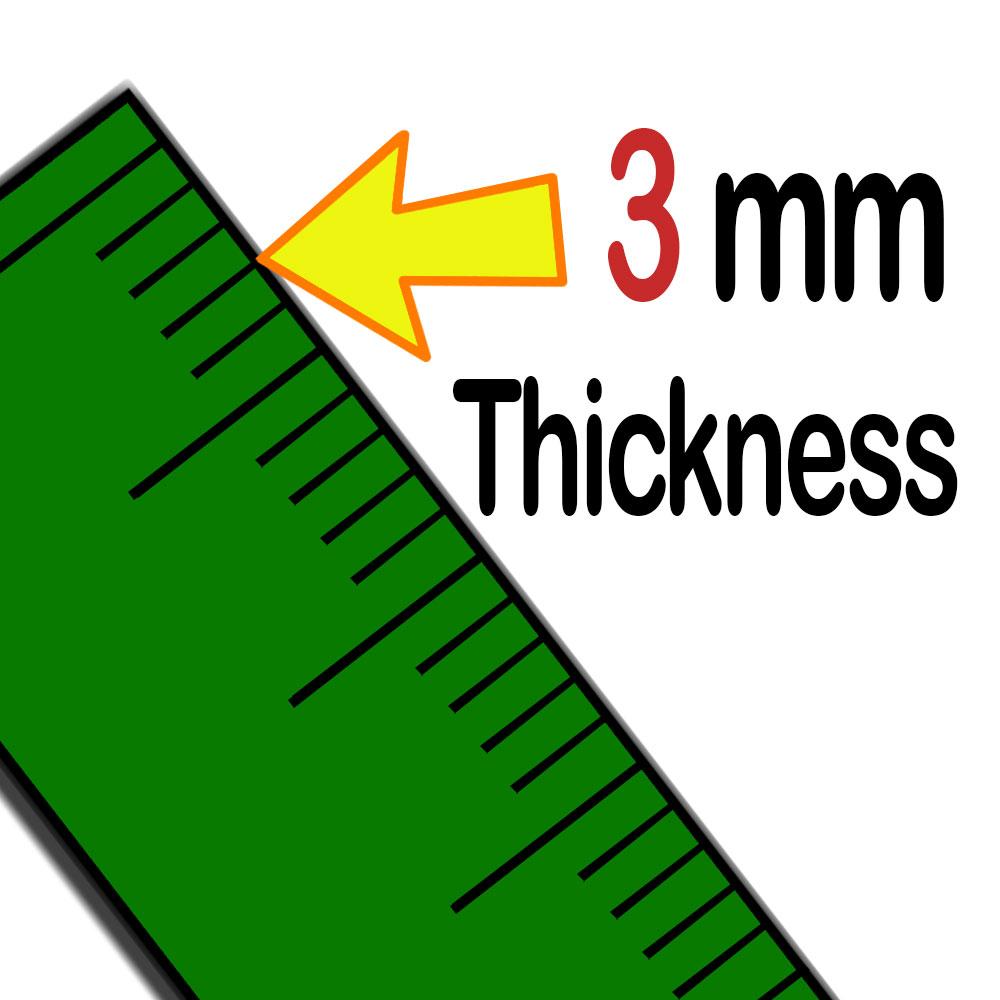
3mm. is the standard thickness for most warm-water wetsuits. This thickness enables the diver plenty of freedom to move arms and legs, while insulating well for up to an hour or more. Thinner wetsuits are available. For example, Cressi offer 1.8mm. & 2.5mm, and Bare even have 1mm. wetsuits. But in general, especially for bulk stock and rental items, 3mm. is the most-common. If you’re diving in Thailand’s seas, where the water is 27-29°C all year, a 3mm. wetsuit is usually all you need.
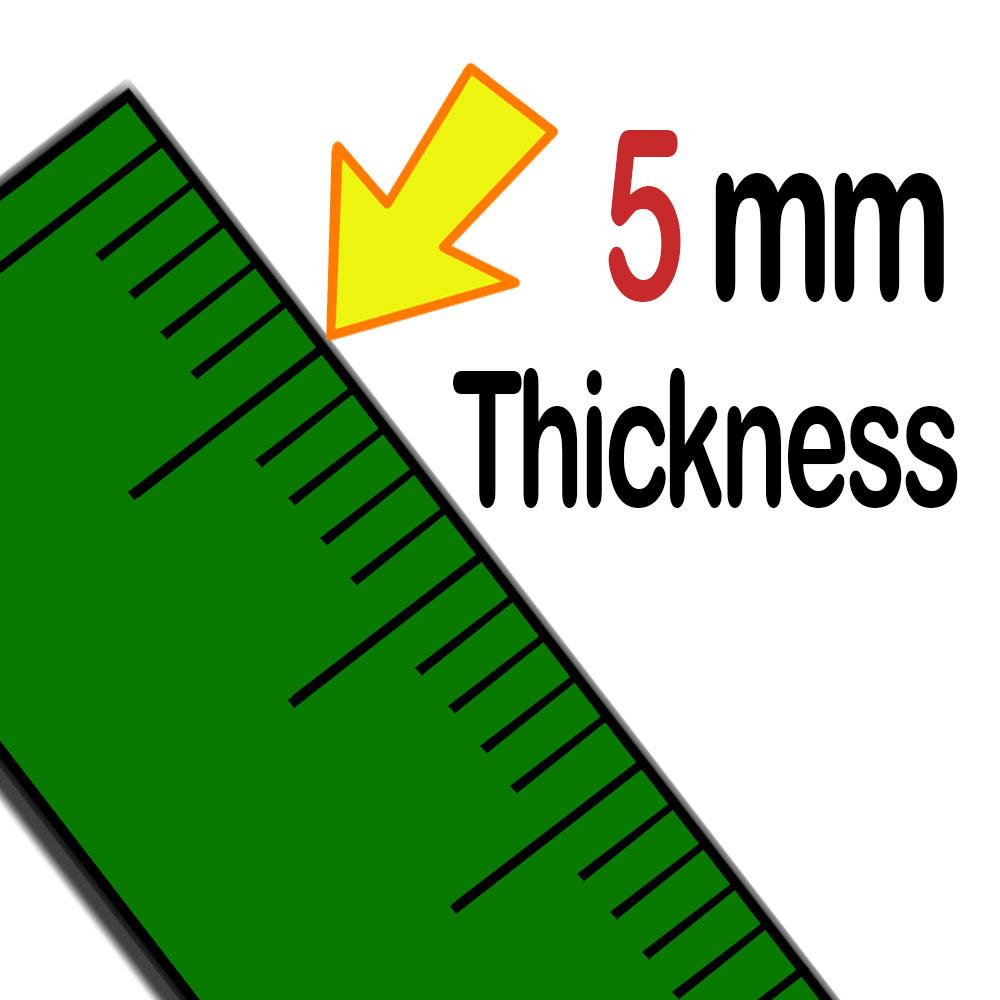
5mm. is regarded as the ‘medium thickness’ wetsuit, and some Divemaster guides and instructors in Thailand wear these. But it’s debatable whether or not they choose to wear them to keep them warmer due to being in the water so much, or whether it’s just that they prefer long wetsuits and there’s more choice of 5mm. long wetsuits than 3mm. long wetsuits.
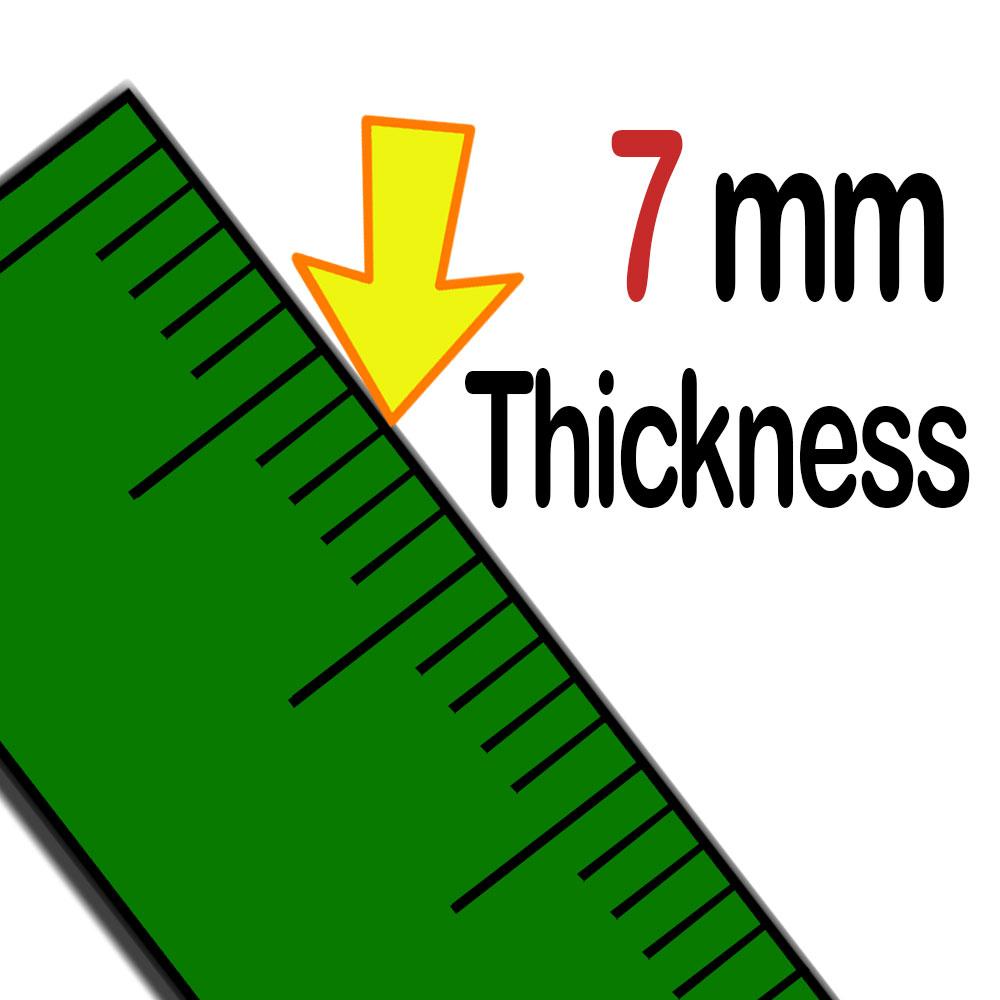
7mm. wetsuits are designed and used for cold water that is not quite cold enough to require a drysuit. Or for when the restricted movement of a drysuit is a hindrance to the diver who needs more dexterity and flexibility. All 7mm. are full-length and most come with a hood. There is no case for recreational scuba diving in Thailand wearing a 7mm. wetsuit, other than in very extreme and personal circumstances. In the thicker wetsuits, such as 5mm. & 7mm. it’s far more important that the seals at the neck, wrists and ankles work properly. This is usually achieved with zips and Velcro. Also, all of the seams need to be made to better insulate the diver, and different materials and techniques are used to do this. Thus, with more neoprene and workmanship, the thicker wetsuits are always more expensive than thinner wetsuits built to the same quality.
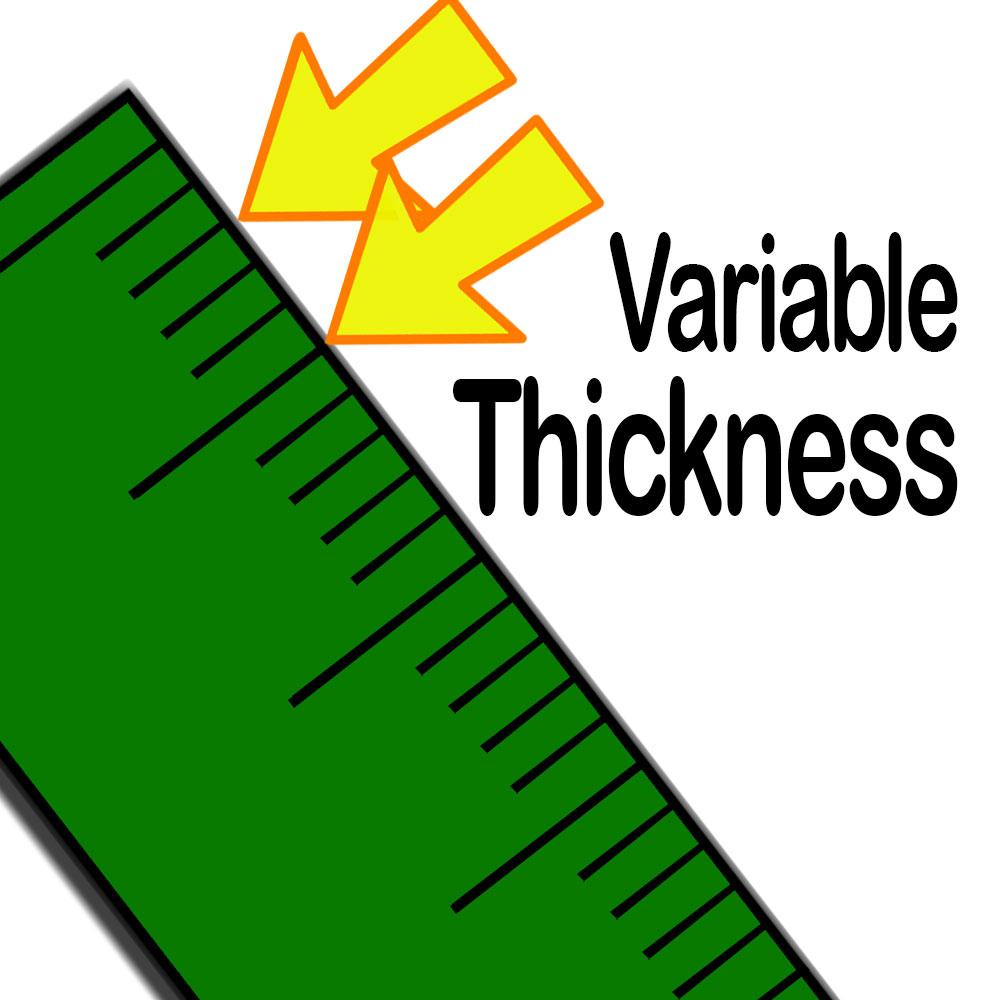
Variable thickness wetsuits are obviously wetsuits whose neoprene is thicker in some areas than in others. They have thicker neoprene around the torso than on the sleeves & legs. Although there is a certain amount of loss of body heat from the limbs, it’s less than from the torso. Plus the limbs require flexibility and dexterity which is enabled with thinner neoprene. Typical versions of variable thickness wetsuits are 3mm. at the torso & 2mm. on the limbs, known as 3/2. Likewise 4/3, 5/3 and so on and so forth. Due to the extra work required to manufacture them, their prices are generally higher.
| Wetsuit Thickness | Water Temperature |
| 3 mm | 25-29 °C (27-29 °C is the water temp in Thailand) |
| 5 mm | 18-25°C |
| 7 mm | 10-17°C |
Rental Wetsuits in Thailand
Nearly all dive centres and boat operators in Thailand offer 3mm. shorty wetsuits as the standard item in their rental sets. Their main reason for this is cost. And this doesn’t mean just the cost comparing one wetsuit over another. Yes, comparing like for like, 3mm. shorties are cheaper than 5mm. short or long wetsuits, but the costs are calculated in many ways.
- Generic size & style: 3mm. shorty wetsuits are ubiquitous, and therefore the manufacturers compete with one another to attract buyers. It’s a buyers’ market for standard wetsuits of this style and thickness. There is less competition among the manufacturers & local wholesalers for longer or thicker wetsuits.
- One size fits all: This is not entirely true, but due to their short sleeves and legs, shorty wetsuits fit a greater range of body shapes and sizes. If your body has long or short legs, the same shorty wetsuit will fit you. Therefore, dive centres don’t need to buy as many different sizes because finding a good fit is easiest if the whole selection is 3mm. shorties.
- Long wetsuits require more selection: Divers whose arms or legs are longer or shorter than average and want a long wetsuit will be harder to fit into rental wetsuits. This is because the ‘standard shape’ may not fit them, meaning that the dive centre need lots of different sizes within sizes.
- Maintenance. Not only are shorty wetsuits cheaper to buy, the wetsuits with long sleeves and legs are more likely to be damaged by diving customers who don’t own what they’re wearing. Even if the customer is careful, it’s still 100% more likely that a long wetsuit’s elbow or knee areas will suffer damage from abrasion than a shorty wetsuit, which is impossible to damage in areas that it doesn’t have. Repairing or replacing the wetsuits is a cost to the dive centre, and this cost is lessened or doesn’t exist if the dive centre doesn’t have rental long wetsuits. And unless the long wetsuit fits perfectly, it is more likely to suffer some damage from abrasion or when being put on or taken off.
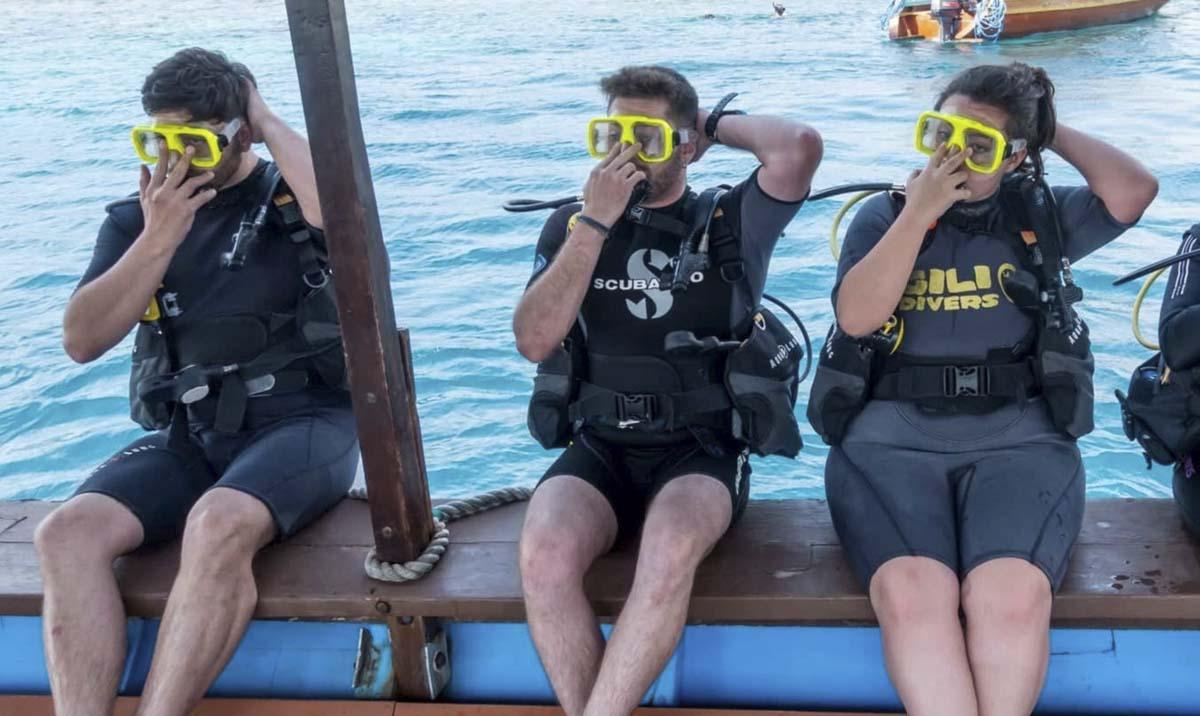
Disadvantages of Shorty Wetsuits
Shorty wetsuits may be the most-common in Thailand, especially in the rental items of dive centres and liveaboard operators, but they’re not perfect. Their most-obvious disadvantage is that they can’t work as effectively as long wetsuits in keeping the diver warm. The diver’s arms and legs are exposed and will therefore lose some body heat during the dive. And it’s not just temperature exposure. While wearing a shorty wetsuit, the diver’s knees and elbows are more likely to suffer abrasions if they come into contact with the reef or the surfaces of a wreck. Of course, a diver should never touch the reef, but it does happen.
And something that many people don’t consider is that shorty wetsuits affect your ‘trim,’ which is the shape and angle of your body when diving. How does this happen? Well, a shorty wetsuit in combination with a regular weightbelt & weights will cause the diver’s upper body to be more buoyant than their lower body. Wetsuits are buoyant, but if the (shorty) wetsuit covers mostly the upper body, the diver is more likely to turn head towards the surface and feet down. And with weights around the waist, this will be exacerbated. Long-leg wetsuit help to lift the diver’s legs, and therefore improve their ‘trim.’
Disadvantages of Long Wetsuits
In addition to the higher cost of buying a long wetsuit, there are a few other disadvantages to consider. These include the fact that with so much more neoprene, the wetsuit is heavier and this will have an effect on luggage on flights. In addition, long wetsuits will take longer to dry after the final dive of your trip, and this can affect your schedule. And of course if you pack it before it’s fully dry, it’s even heavier. Finally, as discussed in the section about rental wetsuits, it’s more difficult to get the perfect fit for a long wetsuit, and they are more prone to potential damage.
Conclusion
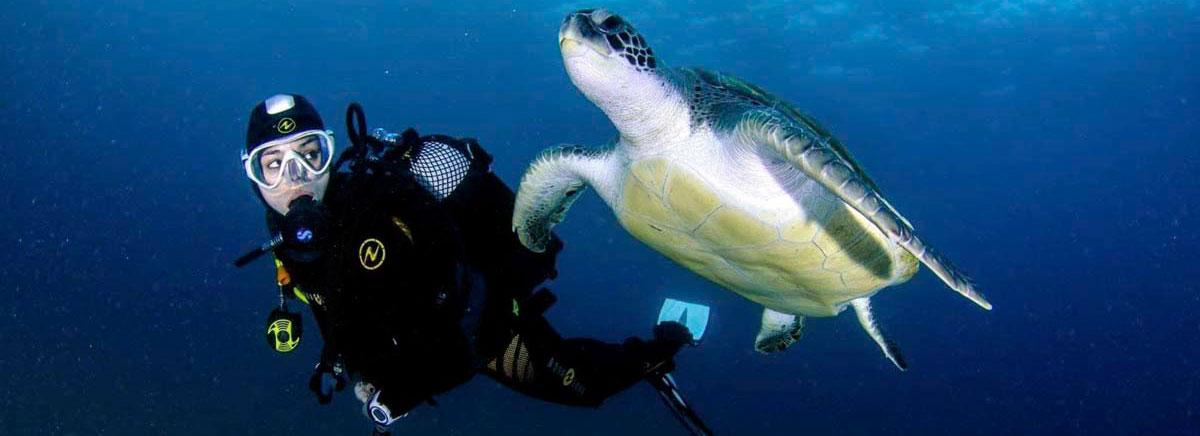
In summary, wetsuits in Thailand tend to be 3mm. shorties for a number of reasons. These include the cost to buy and maintain them, as well as their ease of finding a good fit compared to long wetsuits. The water in Thailand is never cold, even during night dives or the low season. Therefore only those divers who really feel the cold easily will actually need a long or thicker wetsuit to dive in Thailand. You can buy a wide range of thicknesses and styles, and most serious divers will go for a long wetsuit over a shorty, if given the choice or buying their own. But 5mm. or long wetsuits are generally not necessary in water that’s 27-29°C in a tropical climate.


